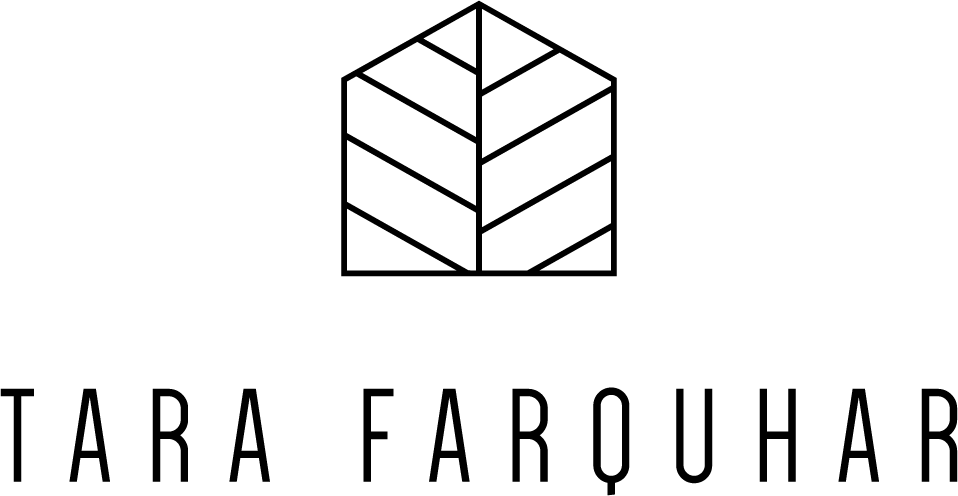By Jenny Mandt, Owner, Garden Coaching Solutions
“The moment one gives close attention to any thing, even a blade of grass it becomes a mysterious, awesome, indescribable, magnificent world in itself” – Henry Miller.
Henry Miller’s quote is so true when dealing with your lawn. It’s that time of year when it greens up after the summer heat and is the time to give it some love. Some of you may want to get rid of more lawn but if you want to keep it looking great, here are some tips in fertilizing that can keep it healthy and improve it through these next winter months.
Fall is a great time of year to fertilize your lawn. This can help your grass recover from summer drought, provide carbohydrates to strengthen it to survive the winter months and lay down nutrients for a strong foundation for spring and summer months to come. Get it fertilized now though. By November your grass has stopped growing and you don’t need to mow anymore. Don’t wait until the ground freezes as the fertilizer will not be taken in by the grass until the spring.
So how much fertilizer do you use? The most important nutrient that your grass needs is nitrogen(N). What is generally recommended is one pound of water-soluble lawn or ½ pound of slow release fertilizer per 1,000 square feet. Another nutrient that is needed is potassium (K) to help roots grow, ensure cold hardiness, prevent disease and keeps it strong enough for lots of people to walk all over it. A very small amount of phosphorus (P) is needed to help new blades grow and keep the lawn lush and thick come spring.
Here’s a refresher as to what these letters mean for your lawn. The NPK or N – Nitrogen: P – Phosphorus: K – Potassium ratios will be found on bags of lawn fertilizer. The ratios you generally find on these bags is something like 24-4-12 and these refer to the percentage of each nutrient in the bag. I recommend the slow release pellets as they break down the nutrients and provide feeding over the season (go organic if you can – this won’t harm your kids, pets and outdoor critters).
Avoid overfertilizing as well as under fertilizing your lawn! Too much fertilizer, especially nitrogen can damage your grass as too little makes your grass look unhealthy. Studies suggest that you fertilize once in late spring to mid-summer and again in the fall to have a healthy, green lawn. Older practices suggested 3 or 4 major feedings over the growing season should be avoided as most of the extra fertilizer can end up in Puget Sound! The least amount applied correctly can yield the best results.
Another type of fertilizing to be done at this time of year if you have a vegetable garden, is to add a cover crop to your garden beds. After the growing season for most of your vegetables, certain types of seeds can be added to the soil to change the nitrogen in the atmosphere into a soluble form that your plants can use next year. Some of these seeds are from the legume family like clover, vetch, and fava beans. Other types of cover crops seeds are rye grass, oats and barley. Some seeds can capture phosphorus, but they all add organic matter to the soil. The eventual plants that grow from these seeds are not harvested but dug back into the soil where the nutrients can be released as they decompose. Planting a cover crop in fall can prevent as many weeds from coming up in the spring, decrease soil erosion during heavy winter rains, and is a source of nectar for bees in early spring once say the clover flower starts to bloom.
The best way to plant these seed it to loosen up the soil first and then smooth it out with a rake. You can scatter the seeds by hand or use a seed spreader (the same one you would use for lawn fertilizer). Use one to 4 pounds of seed per 1,000 square feet. Rake the seeds again to cover them up with soil. Keep these seeds moist until they germinate or let the rains do the job for you. In the spring several weeks before you are going to start planting your veggies, cut these plants to the ground either with a mower or by hand (depending on the size of your garden bed). You can then dig these plants under the soil so the “green manure” will be ready for your first spring crops.
I hope this information helps you create and maintain a beautiful green lawn and lush spring and summer vegetables in 2020!
I still have fall appointment times available if you need suggestions on fall plantings, pruning, and containers.
Jenny@gardencoachingsolutions.com or (206) 915-0585.




